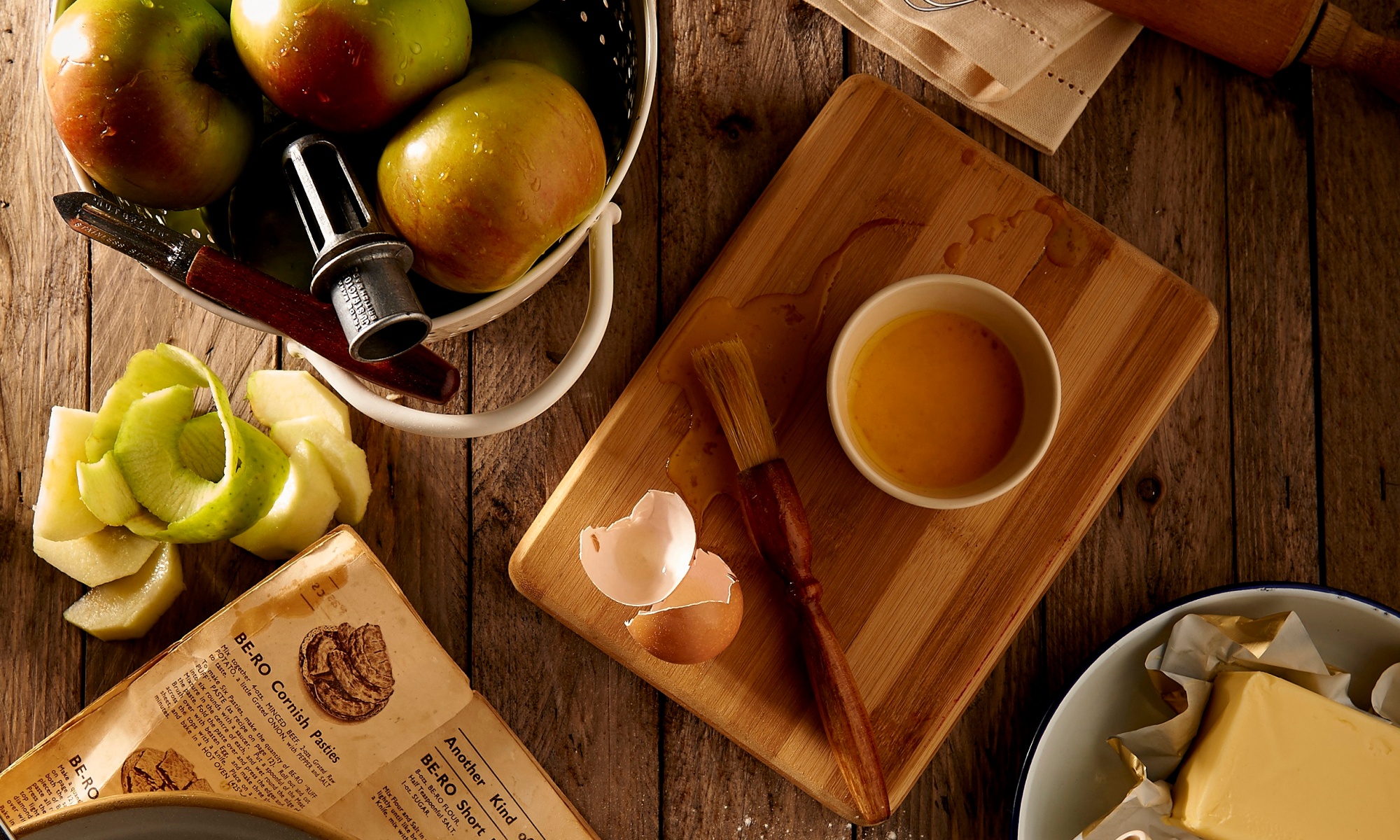From the Good News Network, “Science-Backed Tips for Maximizing Play Time With Kids“. Thankfully, I do try to incorporate all of these when playing with Fleur.
Pillar One: Active
Stay “active” as you play and interact with your child, for example, by incorporating literary and STEM elements into your speech and interactions.
Zosh said this could mean counting the apples out loud as you put them in your basket at the grocery store or asking your child what letter each block starts with as you build a tower. She also said asking lots of questions — such as “What would happen if we mixed these blue and yellow paints together?” or “What might happen if we stack the red square block on top of the yellow triangle block?” — can be helpful, as well.
Pillar Two: Engaged
“Try to limit distractions as much as possible, including background television and your own smartphone use,” Hassinger-Das said. “These types of distractions are sometimes unavoidable, but they do have the potential to take away from these high-quality times with your child. Focusing and staying engaged during play can help you make the most of these interactions.”
Pillar Three: Meaningful
Try building on topics the child is already interested in during play. If they like dinosaurs, you could suggest a make-believe scenario where you dig for dinosaur fossils at the playground. Or, you can integrate information about dinosaurs like counting how many bones they have and what they ate.
“If you are reading a book set in a different state, get out a globe or a map app and explore where the state is and how the weather there is different from where you live,” Zosh said. “Helping children build connections helps them weave together a rich world of understanding.”
Pillar Four: Socially interactive
The researchers advised letting your child lead in play time while you offer support along the way. For example, let your child decide what to build with blocks while asking questions like, “What would happen if you placed that block in a different direction?” or “How many more blocks do you think it would take to build a tower as tall as you?”
Pillar Five: Iterative
Children are naturally scientific thinkers — they like to experiment, see what happens, and try again and again until something works. The researchers advised giving your children opportunities to guess what will happen, conduct “experiments,” make up new words to favorite songs, and make mistakes. Every mistake leads to learning.
Pillar Six: Joyful
Finally, making playtime joyful can be done in many ways, including incorporating elements of surprise.
“Playing with shadows and asking which one is bigger or how you can make your shadow grow or shrink is one way to foster surprise and joy,” Hassinger-Das said. “Similarly, think about what helps your child connect with whatever brings them joy, from construction with a cardboard box to playing vet with their stuffed animals.”









